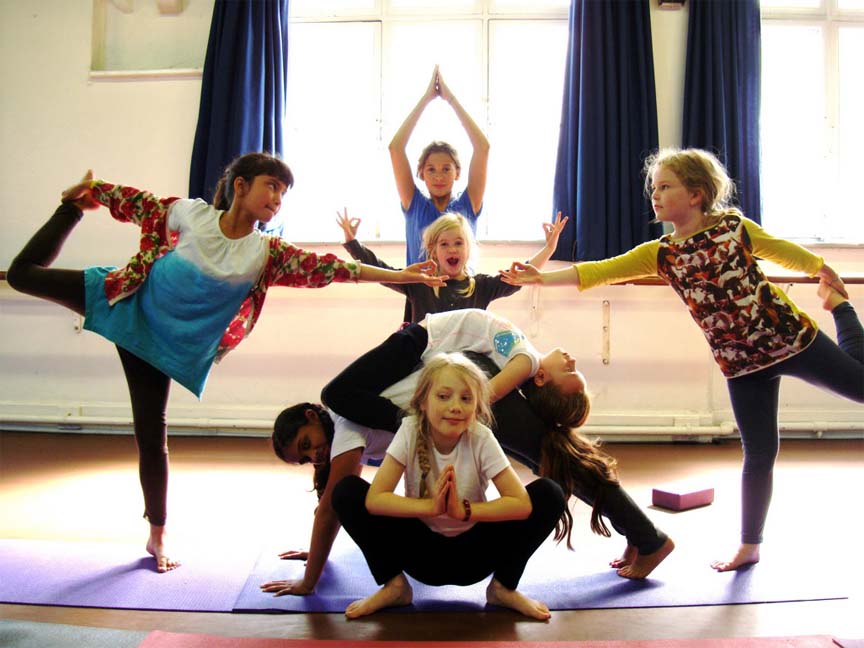
Life Desk :
Physical activity during adolescence and childhood may help improve physical and mental health throughout life. However, a growing body of evidence suggests that it may also play a key role in brain health and academic performance. In a new study scheduled for publication in the Journal of Pediatrics, researchers studied the independent and combined influence of components of physical fitness on academic performance.
Cardiorespiratory capacity, muscular strength, and motor ability are components of physical fitness that have documented potential to improve health, each of which may have different effects on the brain and, therefore, academic performance. According to Irene Esteban-Cornejo, MSc, Autonomous University of Madrid, “Because these physical fitness components are highly associated with each other, it is important to differentiate which physical fitness components are important in relation to academic performance.”
The study sample included 2,038 Spanish children and adolescents (6-18 years of age) with complete data on physical fitness, body composition, and academic performance. Esteban-Cornejo and the UP & DOWN Study Group members found that cardiorespiratory capacity and motor ability, both independently and combined, were related to academic performance. However, the association of academic performance and physical fitness was stronger for motor ability than cardiorespiratory capacity, meaning that motor ability may be more important for academic performance. In contrast, children and adolescents who had both lower levels of cardiorespiratory capacity and motor ability had lower grades. Muscular strength was not independently associated with academic performance.
Although the combined components of physical fitness can influence academic performance, this study suggests that cardiorespiratory capacity and, to a greater extent, motor ability, may be greater influences. Notes Esteban-Cornejo, “Having high levels of cardiorespiratory and motor fitness may, to some extent, reduce the risk of school failure.”
Efforts should be made to promote physical activities for children and adolescents that involve aerobic exercises and motor tasks to enhance cardiorespiratory capacity and motor ability, thereby improving academic development.

